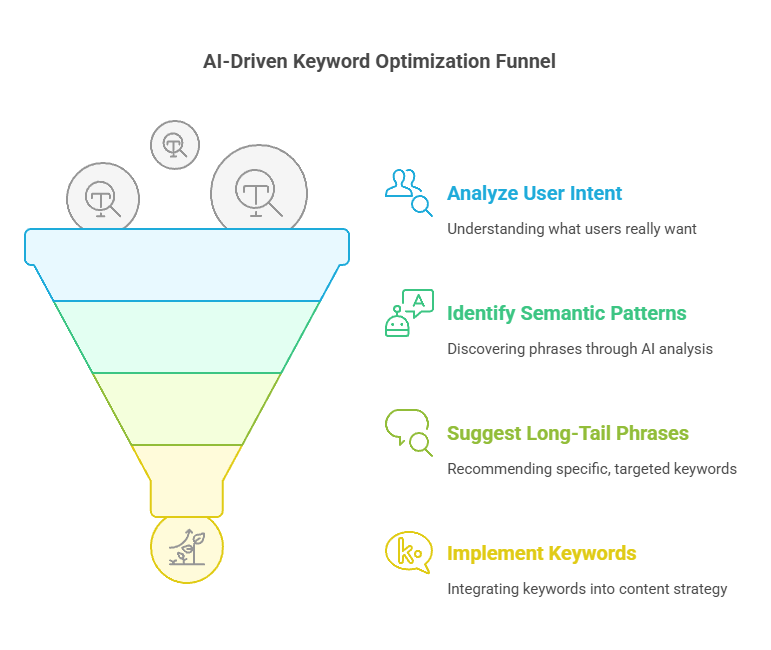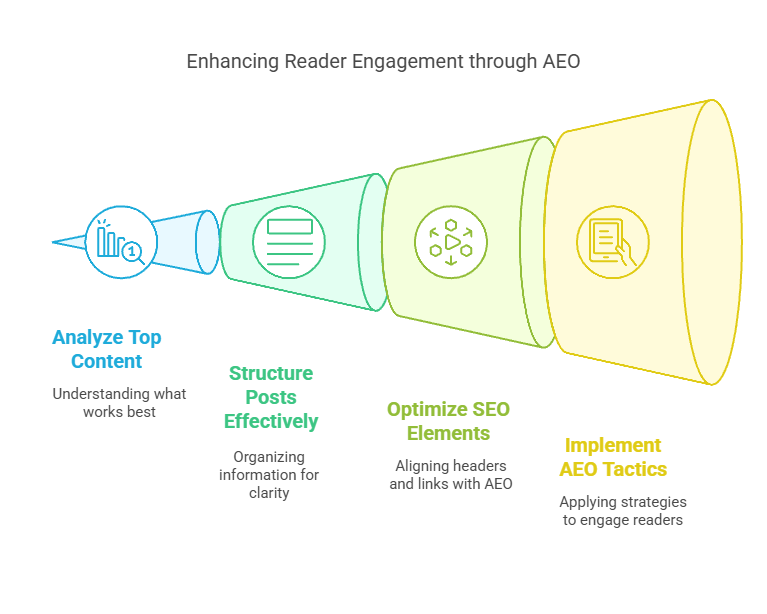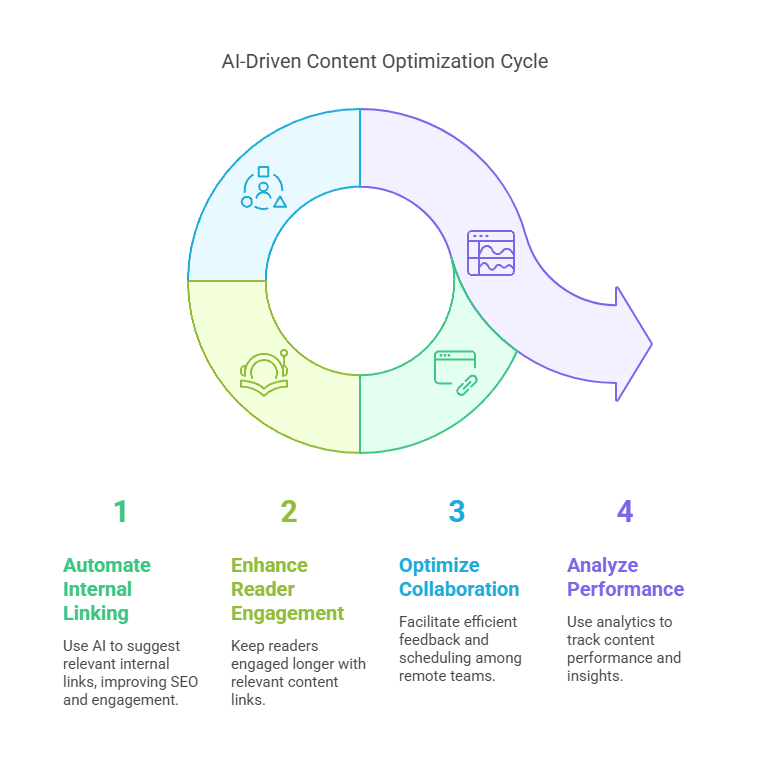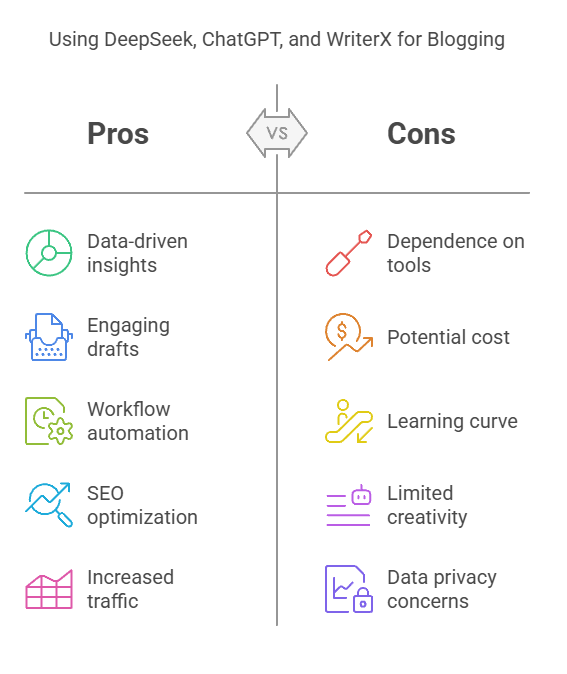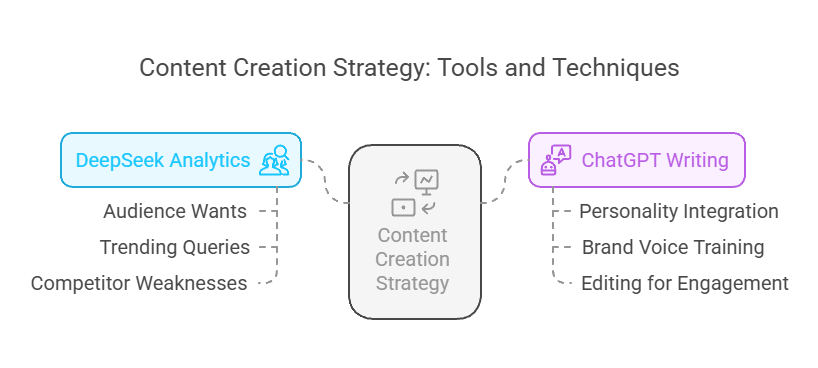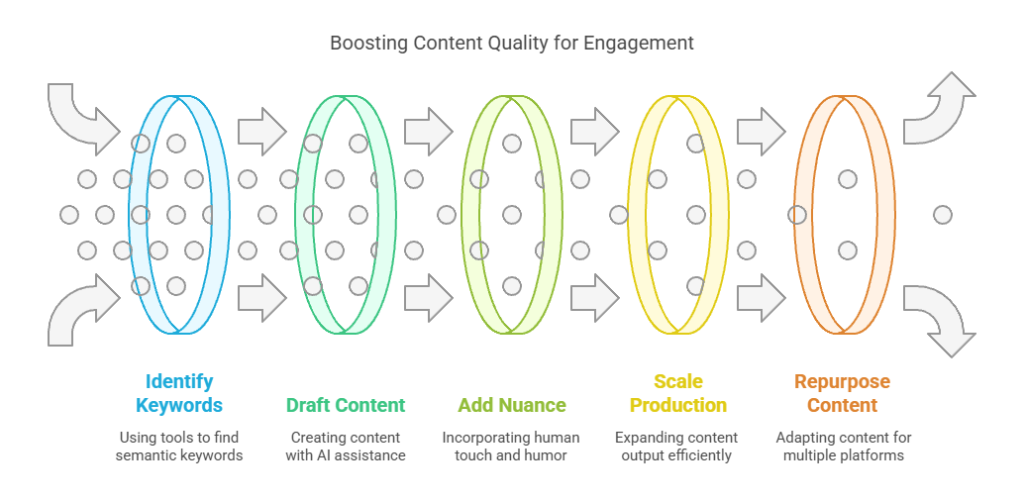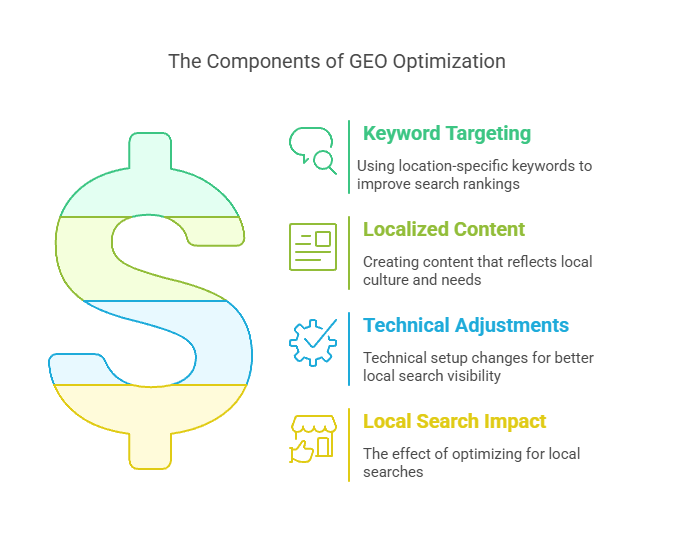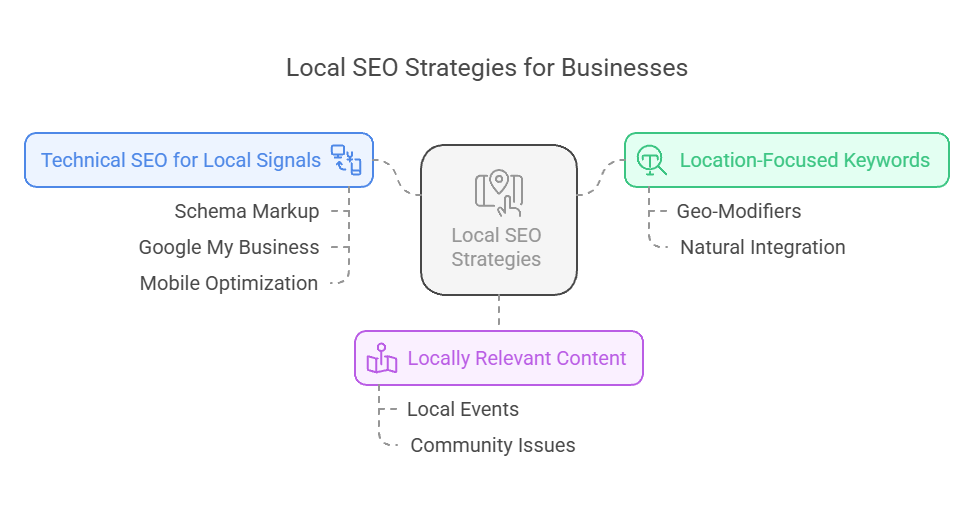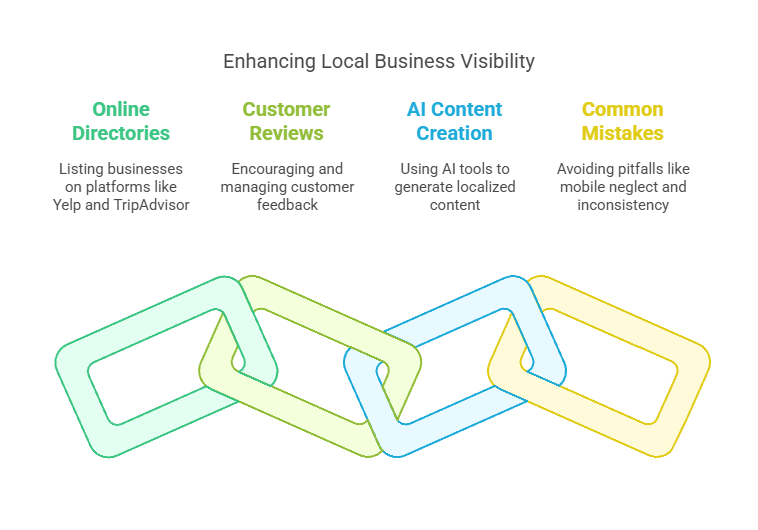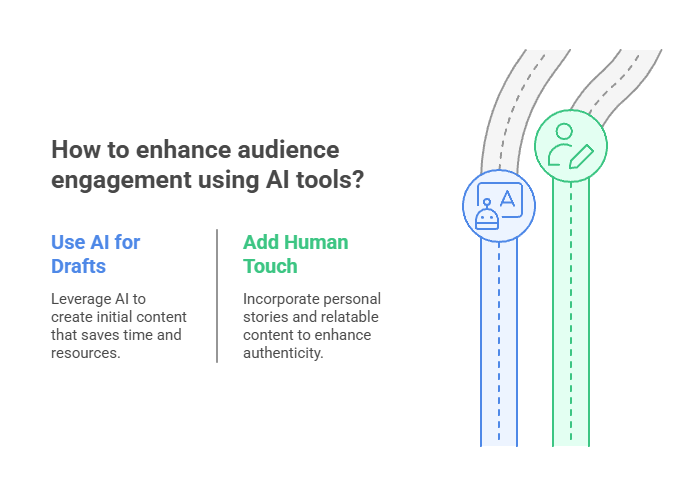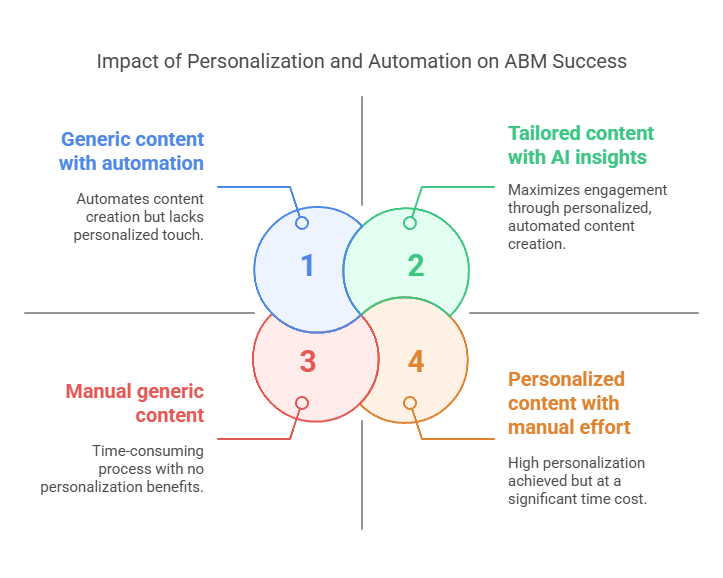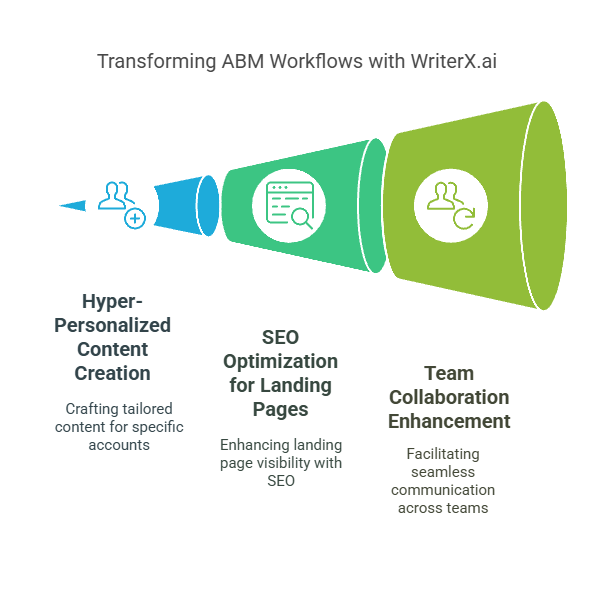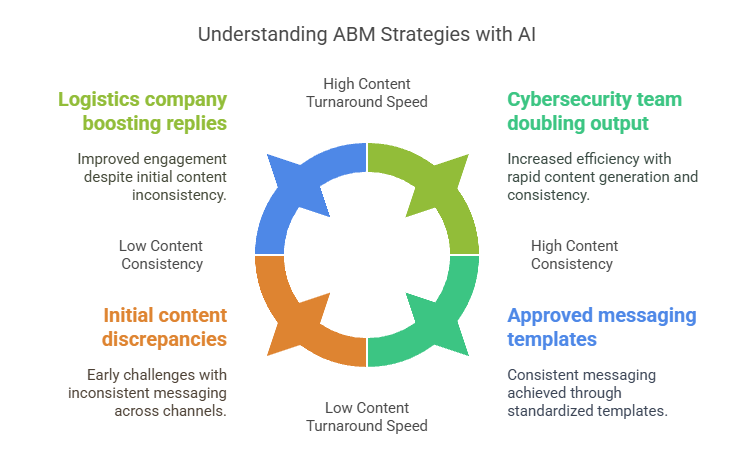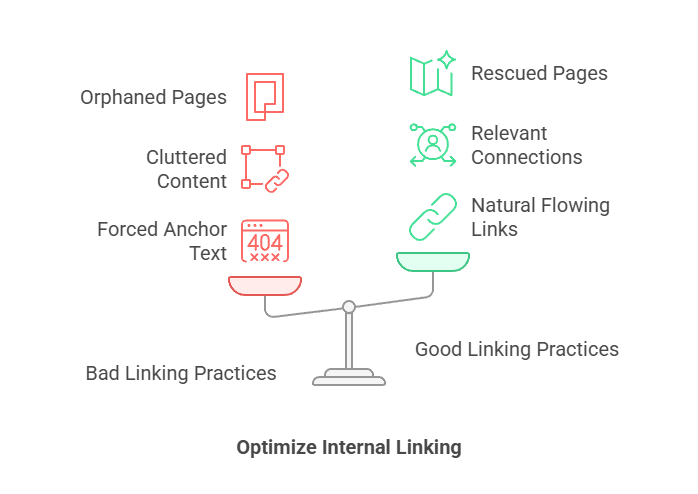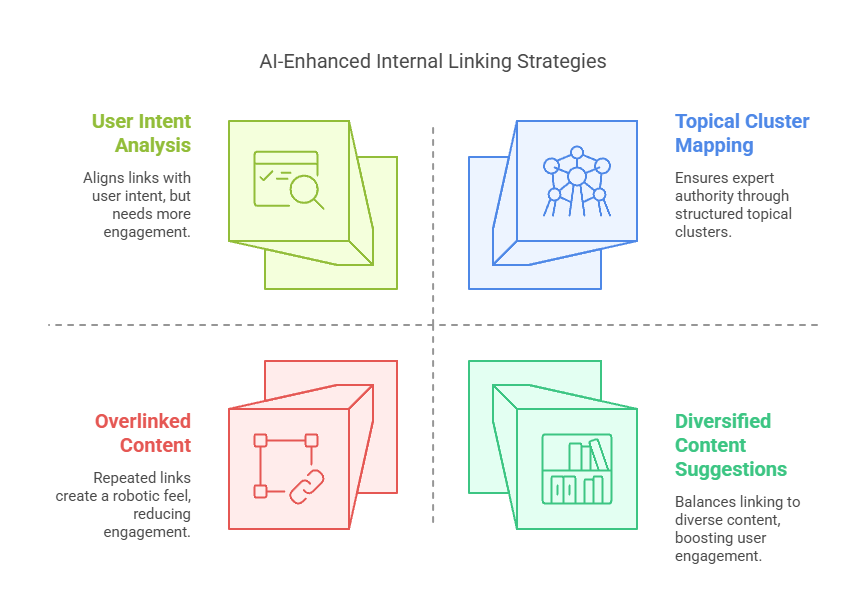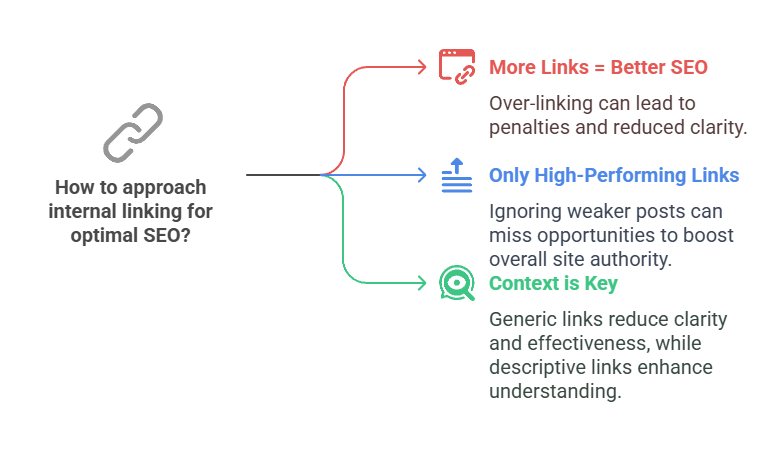In the high-stakes world of marketing, agencies are caught in a relentless balancing act: produce mountains of engaging content, meet ever-shortening deadlines, and keep clients happy—all while staying within budget. Hiring freelance writers, outsourcing projects, and managing inconsistent workflows can drain resources faster than a poorly targeted ad campaign. But what if there was a way to cut costs without sacrificing quality or creativity? That’s where WriterX steps in, revolutionizing how marketing agencies operate by turning content creation from a financial burden into a strategic advantage.
For decades, agencies have relied on freelance writers, editors, and project managers to handle content demands. While effective, this model is expensive. WriterX disrupts this cycle by automating up to 80% of the writing process. Whether it’s blog posts tailored to niche industries, punchy social media captions, or data-driven email campaigns, the platform generates polished drafts in seconds. No more scrambling to find (and pay) specialists for every unique client voice—WriterX adapts seamlessly, slashing the need for expensive freelancers.
Time is the silent budget-killer in marketing. Hours wasted brainstorming topics, waiting for freelancers to submit drafts, or revising off-brand content add up quickly. WriterX tackles this head-on with tools like its Content Brainstorm Tool, which generates fresh ideas in minutes, and real-time editing features that refine SEO and tone before the first draft is even finalized. Revisions that once took days now happen in real time, freeing teams to focus on big-picture strategies and nurturing client relationships instead of getting bogged down in endless edits.
Outsourcing content has its own pitfalls—hidden fees, quality inconsistencies, and the frustration of delayed communication. WriterX eliminates these headaches by acting as a 24/7 in-house writer. The platform ensures brand consistency across every piece of content, removing the guesswork (and markup costs) of third-party vendors. Agencies can reinvest those savings into high-impact areas like targeted ad campaigns or advanced analytics tools, driving better results without inflating budgets.
Scalability is another pain point for agencies. Hiring surges during busy seasons or onboarding freelancers for short-term projects is risky and costly. WriterX offers a flexible solution: scale content production up or down instantly, without the overhead. Need 50 blog posts this month? Done. A last-minute product launch requiring snappy ad copy? Consider it handled. The platform’s agility ensures agencies never pay for idle resources or face capacity crunches—content grows (or shrinks) with demand, effortlessly.
But cost-saving isn’t just about producing content cheaper—it’s about producing better content. WriterX integrates SEO analytics and performance insights directly into the writing process, ensuring every blog, email, or social post aligns with what audiences actually want. Agencies can pivot strategies faster, doubling down on high-performing topics and dudding underperforming ones. This data-driven approach turns content from a guessing game into a revenue driver, maximizing ROI for every dollar spent.
Take Agency X, for example. Before WriterX, they spent 15,000monthlyonfreelancewritersandoutsourcingfees.Threemonthsafteradoptingtheplatform,thosecostsdroppedto15,000monthlyonfreelancewritersandoutsourcingfees.Threemonthsafteradoptingtheplatform,thosecostsdroppedto9,000. By automating first drafts and minimizing revisions, they redirected savings into client acquisition campaigns—resulting in a 25% revenue boost. Stories like this aren’t outliers; they’re the new norm for agencies leveraging AI smartly.
At its core, WriterX isn’t just a tool—it’s a financial lifeline for marketing agencies. By automating grunt work, eliminating outsourcing waste, and ensuring every piece of content delivers value, the platform transforms content creation from a cost center into a growth engine. Agencies that embrace this shift don’t just survive budget crunches; they thrive, reinvesting savings into innovation, talent, and client success.
Ready to stop pouring money into outdated content models? WriterX offers a smarter, faster, and more affordable path forward. Sign up for a free trial today and discover how much your agency could save—and achieve—when creativity meets cutting-edge AI.





